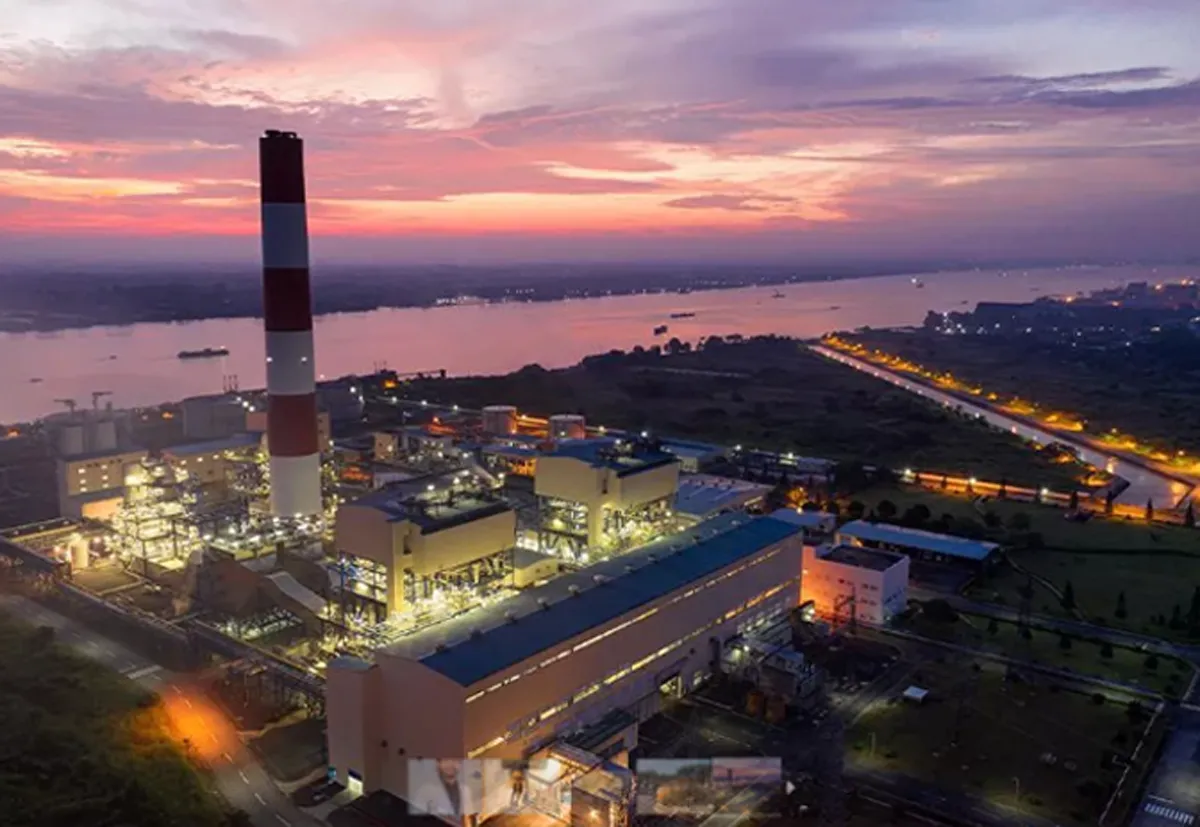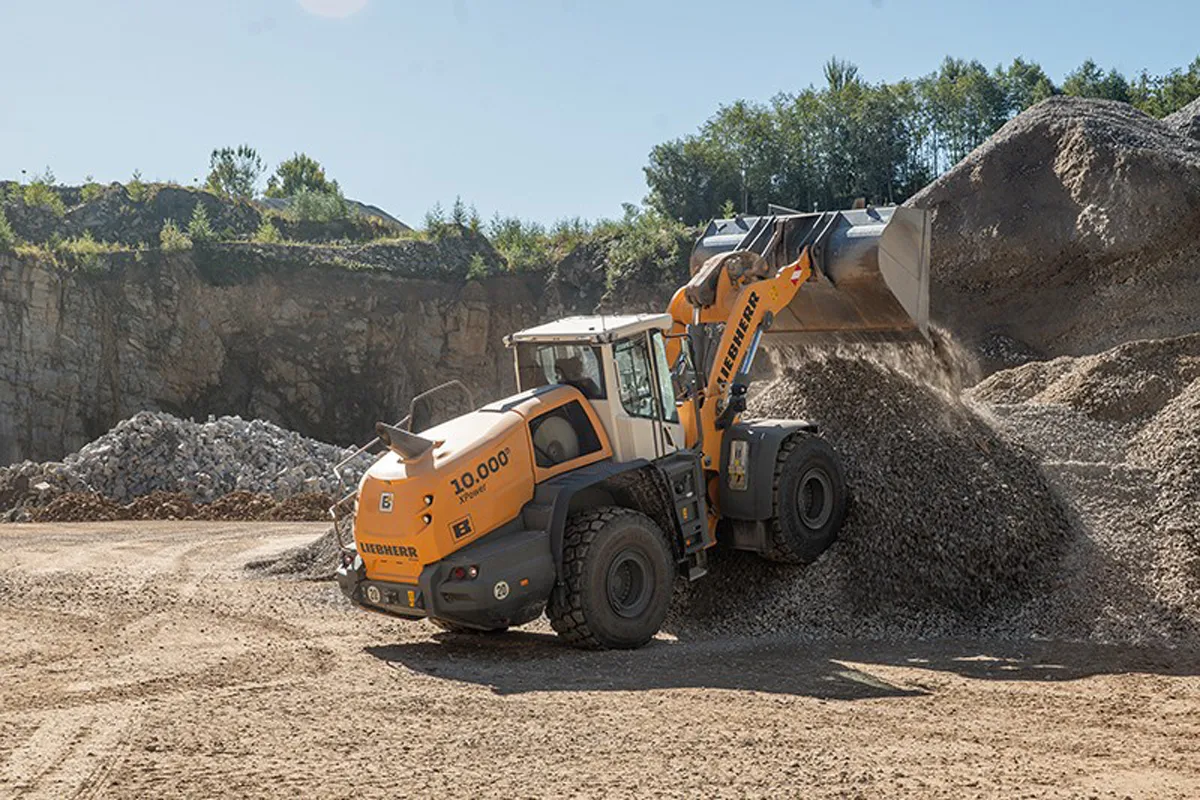CW takes a closer look at the country’s landmark Smart Cities Mission to assess its progress, successes and possible stumbling blocks.Four years ago, Prime Minister Narendra Modi inaugurated a mission to smarten 100 cities in India. However, while the mission was designed to achieve its objectives over a five-year period, reports indicate progress won’t be visible till 2021. Pratap Padode, Founder Director, Smart Cities Council India, shares a quick update on India’s smart act:All 100 cities have formed legally constituted SPVs.A total investment of $29.29 billion (area-based projects estimated to cost $23.31 billion while pan-city initiatives account for the remaining $5.55 billion) has been proposed by the 100 cities chosen so far with 5,151 projects.Projects worth $5.7 billion are still in the pipeline.Contrary to perception, there has been a 289-per-cent increase in tendered projects and 358 per cent in implementation/completed projects in approximately the past 15 months!Over 100 cities have credit rating and at least 20 cities in India have high investment grade credit rating, which can be upgraded to levels required.Projects focusing on revamping an identified area (area-based projects) are estimated to cost $23.31 billion while smart initiatives across the city (pan-city initiatives) account for the remaining $5.55 billion of investment.Achieving set targets While some cities are doing quite well, several are still to catch up.“Implementation progress has been based on the capacities of city personnel,” says Anindya Mallick, Partner, Deloitte India. “As per our constitution, the city functions are the mandate of the local government, with programme design and implementation being the city official’s responsibility. In some of the Tier-II and Tier-III cities, there are capacity constraints. However, in major cities, the programme is expected to progress satisfactorily.” “The mission has to be evaluated by what it has been trying to achieve,” says Abhay Kantak, Director, CRISIL Infrastructure Advisory. “It has to be credited for attempting to break from the past and providing a new direction to the idea of conceptualising urban infrastructure projects and providing services.”“After the election, there has been a push to consolidate the significant progress made for the past four years under the Smart Cities mission,” says Ravinder Reddy, Partner, Grant Thornton India. “There were several interventions that were envisaged; many are under implementation and a few are in the design stage,” says NSN Murthy, Partner & Leader-Smart Cities, PwC India. Elaborating on what is required, he adds: “Further impetus with respect to technical capacities primarily around infrastructure at SPV level and procurement reforms”. Smart opportunitiesThe tendering process of projects under the Smart Cities mission is initiated about 24 months after the city is selected. As Kantak explains, the design of the mission and translating the concept into an implementable project has meant that considerable time has to elapse before the contracts can be awarded. And the expectation that private equity firms will take a stake in the SPV has not materialised. “The nature of the interventions has been such that the potential for revenue generation is almost non-existent and thereby no possible surpluses, which means no commercial proposition for prospective investors.”However, he sees a significant opportunity for IT companies, mainly through the development of integrated command and control centres (ICCCs). Other than that, the opportunity will open up significantly for EPC contractors when the majority of the cities enter the award stage. However, the number of projects to be developed on the PPP model has been low as the revenue earning possibilities have been low. Murthy sees smart cities as a great opportunity for the industry, from the largest Indian firms and global firms to start-ups and MSMEs. “There has been a lot of excitement globally and it has translated into business for international firms in this space from Israel, the US, UK, Germany, Austria, France, Korea, Japan, Belgium, and others.” However, he adds that the speed of procurement is also affected by technical capacity gaps at the city level as well as the multiple levels of approval required to approve the project, budget and bids.For his part, Reddy predicts, “We will see more and more projects being tendered out soon.” Maximum project take-offCities have the primary objective of enhancing their liveability in a sustainable manner. They are focused on creating an intelligent ecosystem by implementing ICT projects such as ICCCs, e-governance, laying of OFC, etc, on priority. But have all these projects been gaining equal traction?“ICCC projects are receiving a good response,” responds Reddy. “We are seeing take-off in water, transportation and solid waste. Apart from this, city-centric projects specific to the city are also receiving a good response.” “The current focus has been around traffic/transport and public safety; going forward, we will see a lot of focus and attention on education, water and energy,” says Murthy.In Kantak’s view, the maximum take-off has been in smart public safety and smart solutions for citizen services delivery. Going forward, he sees the development of public spaces and smart streets gaining substantial activity. “For most smart city projects, a key focus area is mobility, including congestion management,” reckons Mallick. “So there has been a lot about traffic violation detection systems and adaptive traffic control systems, along with solutions like multilevel car parking with app-based parking management solutions. In terms of citizen services, a common offering is the citizen portals that offer city specific services through a common portal. This includes grievance redressal for each service.” Call for attention!The cities would have progressed more in terms of money expended on pan-city solutions, says Kantak. “The critical progress, which will make a direct impact on improving quality of life, lies in the area-based development projects where progress could have been relatively faster.”Development of social infrastructure has not picked up much pace. As Murthy says, “Education and healthcare in the cities need attention.” While there are smart classroom projects, these are not holistically driven. “The implementation of smart education in Visakhapatnam and Bhopal needs to be studied for replication.” In terms of adopting renewable sources for power, most cities are going in for rooftop solar panels, however, this is largely prevalent on municipal and government buildings. Otherwise, their installation on private buildings will require policies incentivising these, in Mallick’s opinion. He further adds, “Cities with large water bodies are opting for floating solar panels.” He goes on to say that the easier thing most cities have adopted is LED street lighting. “There are PPP models or even government-made EESL.” Another area is pedestrianisation and cycling, especially in large cities. Again, these projects are easy to implement and there are PPP models available. So while public bike sharing has come up, pedestrianisation involves proper and well-lit footpaths with shade trees and beautification.Evidently, while we’re on the right track, we need to get smarter!More than 5,000 projects for over Rs.2 trillion are at various stages of implementation: Kunal Kumar, Joint Secretary & Mission Director (Smart Cities Mission), Ministry of Housing and Urban Affairs, Government of India...page 50 Innovation Hub: Recognising start-ups with innovative solutions...page 62Smart Projects: Featuring select citizen-benefitting projects in the country...page 66The Smart Challenge The general challenge cities have faced has been setting up the SPVs and getting consultants on board.“The SPVs have been thinly staffed and lacking the skills to take up the responsibility of implementing this novel approach for project development,” says Abhay Kantak, Director, CRISIL Infrastructure Advisory. He elaborates that the SPV has to coexist with local government officials; there is an overlap of responsibilities, and ownership levels of smart projects by local government officials tends to be low. In addition, project implementation requires coordination with other state government departments, adding more complexities.Few cities can contribute their project contribution of Rs.2.5 billion to the SPV. This will create a funding deficit once the project crosses a threshold value of contracts awarded, ie when they exhaust the state and central contribution to the SPV funding, says Kantak. “The lack of private-sector participation has meant the investment capacity of the SPVs has not been enhanced.”Speaking from his experience of working with multiple cities, Anindya Mallick, Partner, Deloitte India, says, “The first challenge is in the tendering process. The tender size for a CCC will be roughly `2.5 billion to `3 billion. It is possibly the first time city officials are attempting such a project where selection is based on quality and cost. If you see the technical weightage, it is 70 per cent in most cases. Previously, almost all infrastructure-related works are based on least cost selection.” The Money CrunchMany cities are not able to generate surpluses of `500 million to make their project contribution for each of the five years of the mission.“Usually, the ratio of the bifurcation is 60:40, where 60 per cent of the budget is allocated towards area-based development and 40 per cent is for pan-city development,” says NSN Murthy, Partner & Leader-Smart Cities, PwC India. Government budgets are traditionally the major source of finance for envisaged projects. The majority of projects under implementation or at the completed stage have been funded through the smart city fund created by SPVs with both the state and Centre’s contribution. However, cities are facing gaps in implementation as the provision of adequate financing as funding disbursement is based on physical progress of the project. Some projects envisaged by cities are also built on non-feasible funding models. “Cities need to shift from traditional sources of funds and look at more innovative models,” iterates Murthy. “Innovative financing models built on monetisation of assets, rights and data will help create additional streams of revenue.”For his part, Abhay Kantak, Director, CRISIL Infrastructure Advisory, says, “The SPV generally caters to a smaller section of the city’s population. Elected officials have their own misgivings in releasing money to projects that are not likely to have a city-wide impact, or at least in their electoral wards.” Also, cities are not able to generate surpluses that will allow them to service the interest and principal repayment obligations, he adds. “The projects to be funded are not revenue generating to help meet debt service obligations.” That said, just increasing financing capacity will not be sufficient; the absorptive capacity of local governments will need to be significantly increased for a truly transformative impact.“Some cities have gone for municipal bonds while others have opted for debt components,” says Anindya Mallick, Partner, Deloitte India. “There is also value capture finance, for which a separate study has been facilitated by the ministry at the city level. Some cities are also contemplating tax incremental funding. Cities are considering various other measures they can adopt, one of which is land monetisation.”Meanwhile, Ravinder Reddy, Partner, Grant Thornton India, shares, “Most smart city plans have been prepared by clear identification of the sources of the same. For example, if a project in affordable housing has been identified, the plan would clearly earmark the mode under which this shall be implemented with a clear funding pattern.” He adds that once projects start operating, there will be avenues to raise funds to make SPVs more resourceful by looking at monetisation. “The CCC is a classic case, wherein, once these centres are operational, SPVs can look at monetisation through analytics, optimisation of existing ICT infrastructure, digital advertising, etc.”Further, there can be potential fund-raising activities based on the quantum of infrastructure built, revenue streams and accessing asset-backed funding options.



















